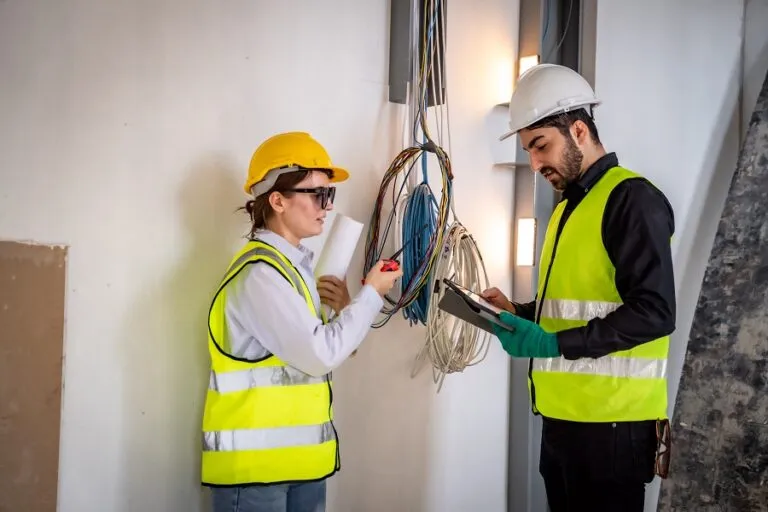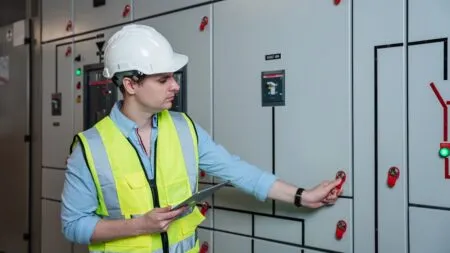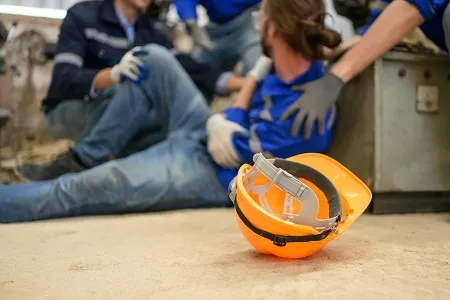In the fabric of Australian industry, where the tapestry of occupations stretches from the sunbaked sites of construction to the bustling floors of corporate offices, the omnipresent risk of electrical hazards casts a shadow over workplace safety. As a nation known for its stringent safety standards, Australia’s approach to mitigating electrical risks in the workplace is both proactive and prescriptive, yet the occurrence of electrical accidents remains a stark reminder of the vigilance required.
The Framework of Safety: Electrical Regulations in Australia
Australia’s commitment to electrical safety is enshrined in a series of rigorous standards and regulations. Central to these is the AS/NZS 3000, colloquially known as the Wiring Rules, which sets the benchmark for electrical installations. Entities like Safe Work Australia and the Electrical Safety Office play pivotal roles in crafting guidelines that safeguard workers, emphasizing the need for a harmonized approach to safety across states and territories. These regulations are not static; they evolve in response to technological advancements and lessons learned from past incidents, ensuring that the framework of safety is both current and comprehensive.
Unmasking the Hazards: Common Electrical Dangers
Despite the robust regulatory environment, electrical hazards manifest in various forms across workplaces. Faulty or damaged wiring, often hidden within the walls of aging buildings, poses a silent threat that can lead to catastrophic outcomes. Overloaded circuits, a common sight in offices crammed with technology, strain electrical systems to their breaking points. The misuse of extension cords and the perilous mix of water and electricity in certain environments further exacerbate the risk landscape. Moreover, the neglect of regular maintenance schedules can transform minor issues into major accidents, highlighting the critical nature of preventative measures.

Lessons from the Field: Case Studies of Electrical Incidents
Australia’s industrial history is punctuated by incidents that serve as sobering reminders of what is at stake. From the spark that ignites a fire in a cluttered workshop to the tragic electrocution of a young apprentice due to inadequate supervision, these case studies are not merely statistics; they are narratives that underscore the human cost of complacency. Analyzing these incidents reveals common themes: the overlooked warning signs, the underestimated risks, and the critical moments when different choices could have averted disaster.
Building the Bulwark: Prevention and Mitigation Strategies
The cornerstone of electrical safety in the workplace is a proactive stance towards risk management. Conducting thorough risk assessments allows businesses to identify potential hazards and implement controls tailored to their unique operational contexts. Icorporating safety measures into workers online inductions and equipping workers with the necessary safety equipment and personal protective equipment (PPE) forms the first line of defense against electrical injuries. Moreover, fostering a culture of safety through regular training and awareness campaigns ensures that all employees are equipped with the knowledge to navigate the hazards inherent to their roles.
Emerging technologies offer new frontiers in the quest to mitigate electrical hazards. Innovations such as automated circuit breakers and ground fault circuit interrupters (GFCIs) provide sophisticated means of preventing accidents before they occur. These technological solutions, when integrated with traditional safety practices, form a comprehensive defense against electrical risks.
The Human Element: Training, Awareness, and Culture
At the heart of electrical safety lies the human element. It is the awareness of the worker near a live circuit, the diligence of the electrician adhering to the Wiring Rules, and the commitment of management to enforce safety protocols. Training and awareness programs are vital, equipping individuals with the knowledge to recognize hazards and respond appropriately. A culture of safety, where every employee feels responsible for not only their safety but also that of their colleagues, is the ultimate goal. This culture is fostered not just through policies and procedures but through actions and attitudes that prioritize safety above all.
Navigating Emergencies: Preparedness and Response
Even with the most rigorous safety measures, emergencies can arise. Preparedness is key, involving not only the availability of first aid and firefighting equipment but also the training to use them effectively. Evacuation plans, emergency contacts, and drills ensure that when the unexpected occurs, the response is swift and coordinated, minimizing harm and restoring safety.
A Call to Action
Electrical hazards in Australian workplaces present a complex challenge, requiring a multifaceted response. The regulations and standards provide the framework, but it is the implementation of this framework that determines safety outcomes. Every stakeholder, from the electrician to the CEO, plays a crucial role in this ecosystem of safety.
The narrative of electrical safety is an ongoing one, written daily through the actions and decisions of those on the ground. It is a narrative that demands attention, diligence, and a commitment to continuous improvement. Let this be a call to action: for employers to reassess their safety practices, for workers to embrace a culture of safety, and for the industry as a whole to prioritize the well-being of its workforce. The goal is clear: to ensure that every worker returns home safely at the end of the day, free from the shadow of electrical hazards.



